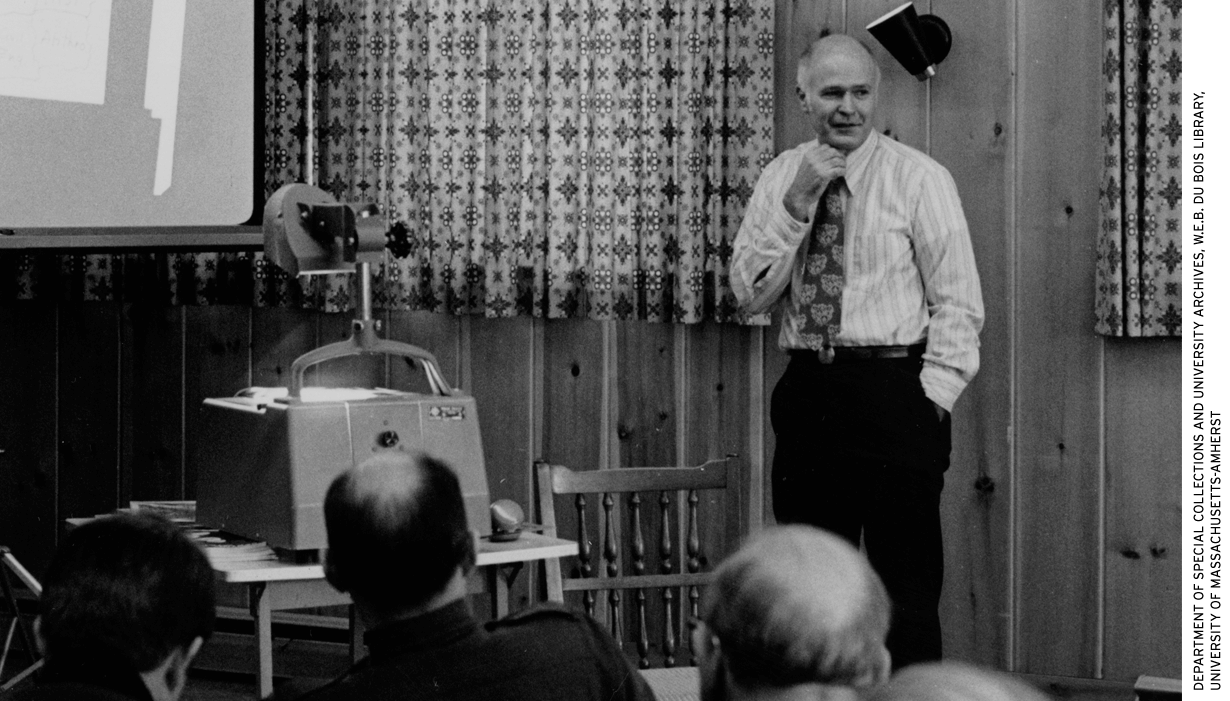
The National Charter Schools Conference is happening this week in Las Vegas, and the Center for Education Reform has seized the occasion to release what it is billing as “a brief but indispensable history of the charter school.”
The 13-page history, by the Washington, D.C.-based center’s founder and CEO, Jeanne Allen, is indeed brief. But the history, titled, “The Path To Charter Schools: What they are, how they got here, and the real reason behind this innovation in public education,” is also informative.
It reports, “the charter school idea was developed, not by presidents Bush and Trump or modern day politicians and pundits, but by an obscure educator in New Hampshire named Ray Budde, whose 1974 paper was published by one of the nation’s education labs in response to the ongoing debate about educational failure in the nation at that time.”
Writes Allen, “Budde, an English teacher and professor of education at the University of Massachusetts at Amherst, developed the idea of granting teachers a charter to operate schools outside of their districts.”
“Obscure” is precisely the right word to describe Budde, who is not exactly a household name, though he has been mentioned before here at Education Next, including in this 2016 piece by Chester E. Finn and Brandon L. Wright, “Where Did Charter Schools Come From?”
The history may cause those unfamiliar with it to rethink some assumptions. For conservatives inclined to see graduate schools of education, especially public graduate schools of education, as not particularly worthwhile, it’s good to know that the charter school idea emerged from a U. Mass. professor of education. For left-liberals inclined to be suspicious of charter schools, it’s worth remembering their origin story, which involves not only Budde and U. Mass but also a union leader, Albert Shanker, and the federally funded Regional Laboratory for Educational Improvement of the Northeast & Islands.
Other lessons apply more broadly. It can take a long time for an idea to catch on. As Finn and Wright pointed out, when Budde’s first paper on the topic, from 1974, failed to catch fire, he wrote another one that was published in 1988. Even then, the first state charter law did not pass until 1991, and the first charter school did not open until 1992.
When an idea does catch on, though, it can be consequential. In Fall of 2016 there were 3 million American children — 6 percent of all public school students — enrolled in 7,000 charter schools. It’s the work of many more people than Ray Budde; in fact, it’s a problem in the history of innovation that lone founders, rather than collaborators or popularizers, tend to get the credit. Even discounting for that, though, in terms of concrete human impact, Budde’s paper, or papers, have to rank among the most influential of the last half century. Thanks to Jeanne Allen for the inspiring reminder.
Ira Stoll is managing editor of Education Next.


